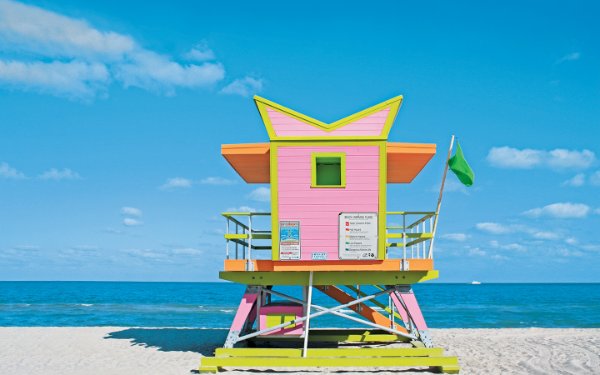
Hiromi Mizugai Moneyhun: Floating Worlds
Through Sep 28, 2025
weekly on Sunday, Tuesday, Wednesday, Thursday, Friday, Saturday
From: 11:00 AM to 5:00 PM
A self-taught artist transforms traditional Japanese paper-cutting techniques into contemporary statements about femininity and cultural identity through intricate single-sheet compositions that interact with light and space. Hiromi Mizugai Moneyhun draws from the ukiyo-e woodblock print tradition and kirie paper art to create works that reimagine women's roles in society, moving beyond passive representation toward figures of agency and transformation.
Hiromi Mizugai Moneyhun: Floating Worlds runs from June 7 through September 28 at the Patricia & Phillip Frost Art Museum. Born in Kyoto, Japan, in 1977, Moneyhun creates detailed paper-cut compositions that draw upon kirie, a Japanese paper-cutting art form, alongside folkloric motifs and modern Japanese culture. Her process involves meticulously cutting single-sheet drawings over extended periods, allowing light, air and the surrounding space to interact with the delicate works.
The exhibition's title, "Floating Worlds," references ukiyo-e, a genre of Japanese woodblock prints. Moneyhun frequently uses the depiction of femininity and women's societal roles, often seen in ukiyo-e's bijin-ga ("beautiful women") portrayals, as a starting point for her art. Her series often feature women with elaborate hairstyles, makeup and decorative clothing, presented in states of transformation. These figures might appear as water, unfold into origami-like mirror images, or manifest as half-animal, half-woman or even bonsai-human hybrids. By reinterpreting features of bijin-ga beauty standards, Moneyhun grants her characters increased agency, transforming them from passive figures into commanding presences that seemingly emerge from or stand in contrast to the worlds she constructs.
For example, in her Emergence series, figures appear to break free from historically significant architectural sites worldwide, including shrines, towers, skyscrapers and castles. In contrast, works from the Shibari series utilize cut paper to form bonsai trees and traditional Japanese screen doors from entangled ropes. Upon closer inspection, these serene compositions reveal bound hands and feet emerging from the base of trees and tips of branches, referencing the Japanese practice of rope bondage, also known as shibari or kinbaku.
Moneyhun's paper-cut technique and use of silhouettes are influenced by the narrative traditions of children's book illustrations from her upbringing, such as Mochi mochi no Ki (Tree of Courage). The suspended silhouettes in her work also connect her to other artists who employ similar compositional and narrative strategies, such as Kara Walker and Belkis Ayón, underscoring themes of empowerment and a challenge to cultural and historical norms.











